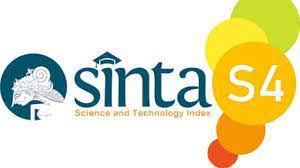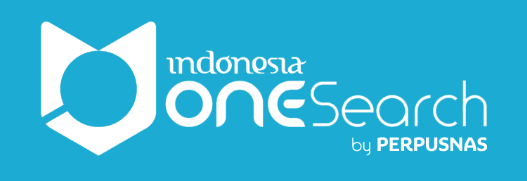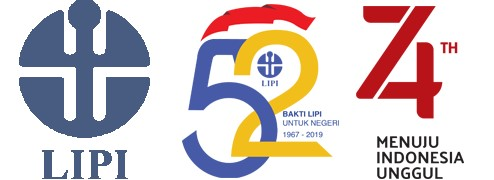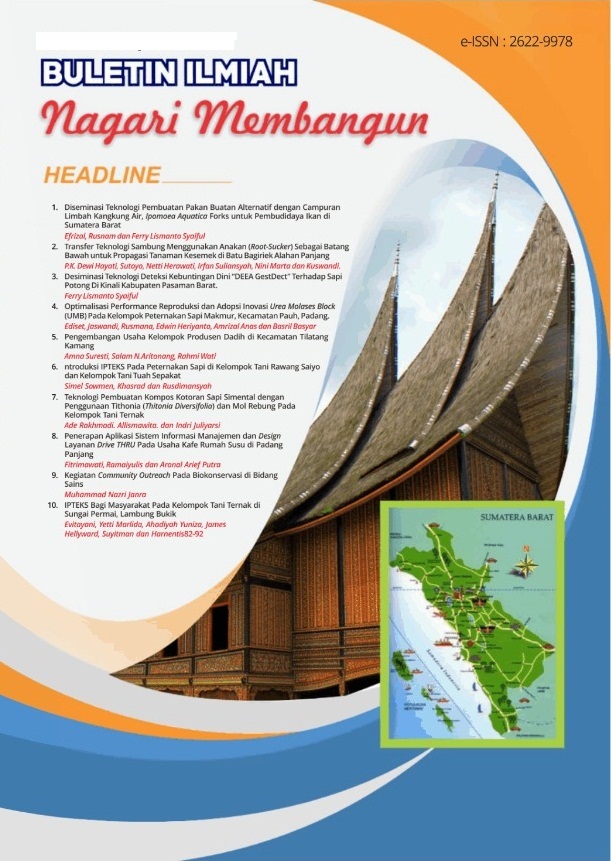PENGEMBANGAN TANAMAN OBAT KELUARGA DI PANTI ASUHAN RAHMATAN LIL ALAMIN SAWAHAN KECAMATAN PADANG TIMUR KOTA PADANG
Abstract
Indonesia is a rich country with biodiversity consisting of thousands of medicinal plant species and approximately 300 species are used as traditional medicine by the traditional medicine industry. Therefore, the existing biodiversity in Indonesia is an asset and resource that must be maintained and managed so that it can become an ancestral heritage and benefit the community for maintaining health. FMP (Family Medicinal Plants) is a type of plant of choice that is efficacious as medicine with easy maintenance and relatively low cost. FMP is a safe alternative for family medicine because it rarely causes side effects, is easy to process, and is consumed for first aid in cases of minor illnesses such as fever, cough, or to help maintain stamina. The existence of FMP in the home environment is very important because apart from being an alternative treatment it can also improve family welfare. The purpose of carrying out this community service activity is that the residents of the Rahmatan Lil Alamin Orphanage know the benefits, how to use, and how to make traditional dosage form from FMP. The method used in this activity is providing counseling, training, giving FMP seeds, and tools that can be used to make products of traditional medicinal plants. In counseling activities, pretest and posttest sheets were also given. The results of the service showed that the average pretest score of the participants was 85 and increased in the post test to 94. It can be concluded that the participants took part in the activity enthusiastically so that their knowledge of the Family Medicinal Plants (FMP) increased.
Downloads
References
Aseptianova. 2019. Pemanfaatan tanaman obat keluarga untuk pengobatan keluarga di kelurahan kebun bunga Kecamatan Sukarami-Kota Palembang. Batoboh 3 (1): 1. https://doi.org/10.26887/bt.v3i1.680.
Bebet, Nurbaeti, dan Susi Mindarti. 2015. Tanaman Obat Keluarga (TOGA). ISBN: 978-979-3595-49-8. Vol. 1–24.
Hidayat, Moch Amrun, dan Bambang Kuswandi. 2012. Obat Sintetik dan Obat Herbal. Kimia Farmasi, 1–44.
Kediri, Dinkes Kabupaten. 2019. “Dinas Kesehatan Kabupaten Kediri Dharmasraya.” 3 Februari 2021, 1–19.
Kementerian Kesehatan RI. 2016. “Permenkes No 9 tahun 2016 Tentang Upaya Pengembangan Keshatan Tradisional Melalui Asuhan Mandiri Pemanfaatan Tanaman Obat Keluarga dan Keterampilan,” no. 879: 2004–6.
Puspitasari, Ismi, Ghani Nurfiana Fadma Sari, dan Ana Indrayati. 2021. Pemanfaatan Tanaman Obat Keluarga (TOGA) sebagai Alternatif Pengobatan Mandiri. Warta LPM 24 (3): 456–65. https://doi.org/10.23917/warta.v24i3.11111.
Savitri, A. 2006. Tanaman Ajaib Basmi Penyakit dengan TOGA (Tanaman Obat Keluarga) Mengenali Ragam dan Khasiat TOGA Meramu Jamu Tradisional/ Herbal dengan TOGA. Bibit Publisher, Depok.
Tukiman. 2004. Pemanfaatan Tanaman Obat Keluarga (TOGA) untuk Kesehatan Keluarga. Bagian Pendidikan Kesehatan dan Ilmu Perilaku Fakultas Kesehatan Masyarakat Universitas Sumatera Utara. USU Digital Library, Medan.
Utami, Sri, dan Asmaliyah. 2010. Potensi Pemanfaatan Tumbuhan Obat Di Kabupaten Lampung Barat Dan Kabupaten Tanggamus, Provinsi Lampung. Balaik Penelitian kehutanan Palembang, 1–29. https://www.ptonline.com/articles/how-to-get-better-mfi-results.





















